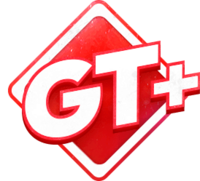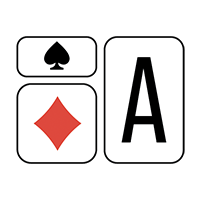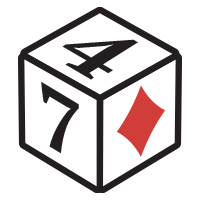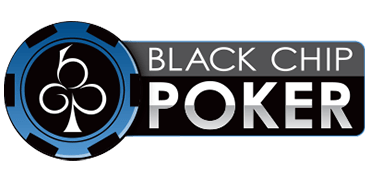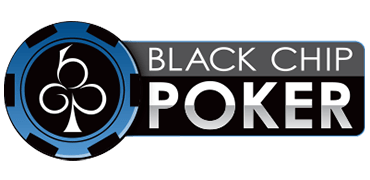All right, guys, this is Daniel Cates. I'm going to tell you about the biggest mistakes made by players at various levels—from beginners to intermediate players, struggling pros, decent pros, good pros, and then to very good pros. We'll discuss what differentiates them from the top players.
Mistakes Beginner Mistakes Make
The first mistake has got to be pre-flop play.
Pre-flop is the biggest aspect you need to work on. It might seem boring at first, but if you can get pre-flop right as a beginner—if you get about 90% of it right—I swear you'll start beating your competition. This is really the most crucial part. If you're playing against a bunch of soft players and you nail that pre-flop strategy, you're likely to win as long as your post-flop play is halfway decent.
Now, after that, beginners often don't understand the value of their hands. I like to break down different kinds of hands into categories: one-street value hands, two-street value hands, and so on.
- One-street value hands might include third pair or some second pairs.
- Two-street value hands could be good second pairs or solid semi-bluffs.
- Three-street value hands are top pair with a top kicker or overpairs—basically strong hands that can withstand multiple betting rounds.
Beginners often struggle with understanding relative hand strength. For example, they might not realize how strong their full house is on a board like 2-2-2 compared to other potential hands. This breakdown helps summarize and intuitively convey how valuable different hands are.
You can also look at gut shots and open-ended straight draws in this way. Understanding these categories gives you insight into the playability of your hands. If you have a good grasp of this along with pre-flop strategy as a beginner, you're already close to playing like a pro—especially in softer games—as long as the rake isn't too high.
Another common mistake is how players structure their bets. They often bet just to find out where they stand rather than pushing equity or getting value from worse hands. Bets should generally fall into two categories: betting for value or betting to get opponents to fold worse hands. You shouldn't be using money just to gather information; that’s not an effective use of your resources.
Finally, beginners often tilt hard in one direction or another. If they lose pots, they may start playing very differently; if they win pots, they might loosen up too much or tighten up excessively. These fluctuations can be significant mistakes that need addressing to progress to the next level.
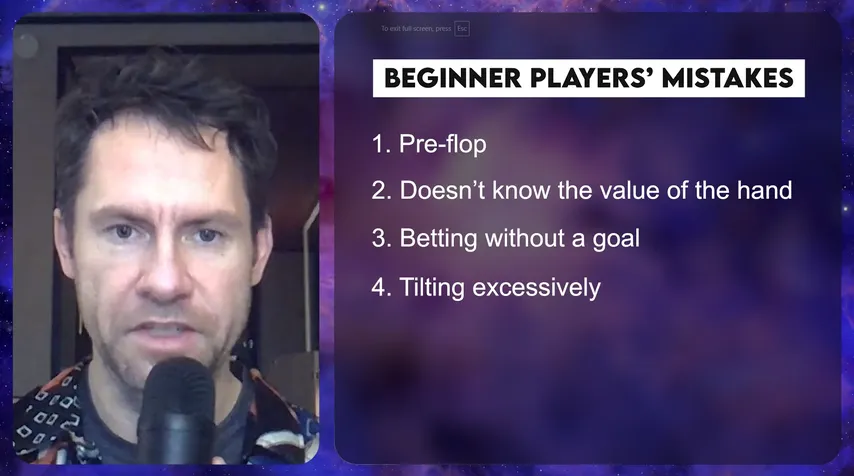
Mistakes Intermediate Players Make
Now, let’s talk about the difference between intermediate or struggling pros and decent pros. The biggest mistake I see is that they tend to bluff too little and are often very exploitable. In many smaller spots where their hand strength isn’t particularly strong—and neither is their opponent's—they frequently give up too much value and allow others to run them over.
This point is especially high leverage for intermediate players; getting value from situations where they can exploit opponents has been universally true throughout my career. The more I observe players over time, I see that many tend to reveal what they have through their actions.
In summary, if you focus on improving your pre-flop strategy, understanding hand values, structuring your bets effectively, and managing your emotions while playing, you’ll be well on your way to elevating your game from beginner to intermediate levels and beyond!
Another thing is not being able to handle reading opponents very well. This is the category where you really need to start picking up on how your opponents play different types of hands. You need to distinguish the subtleties of their play—whether they’re going to slow-play the nuts in certain spots or take a more direct approach by fast-playing their bluffs. This is where you can gain a significant edge; projecting their thought process is another common leak that many poker players have, especially at the intermediate stage.
Players often assume that others are thinking on the same wavelength as they are, which is not true. People think in all kinds of ways, and this is particularly evident in poker. Players will make decisions for reasons that don’t seem to make sense—like going all-in on the turn with the nuts or slow-playing strong hands when it doesn’t seem appropriate. They might miss out on a lot of value with top pairs by checking or calling when they should be betting for value.
Moreover, they often won’t bluff in situations where you would expect them to, or they fail to turn hands into bluffs when they should. This tendency not to bluff enough is a significant leak at the intermediate and struggling levels, and learning to exploit this can be a good source of value that helps you progress to becoming a decent pro.
The key takeaway here is to get out of your own head and realize that other players don’t think exactly like you do. This understanding is crucial for many struggling players.
Another issue is soft leaks. This is the area where you really need to start fixing your soft leaks, such as not paying attention to the rake, which is one of the biggest problems in poker today.
Rake takes money from everyone—including recreational players—and it’s one of the cornerstones of issues currently plaguing today’s games. It causes significant problems for many players.
You also see players getting around to this idea of tilt—understanding that they shouldn’t be tilting and trying to play normally. However, you won’t typically see extreme forms of tilt like three-betting too much or bluffing excessively. Instead, you might notice players erring on the side of bluffing too little and not following through in more subtle spots.
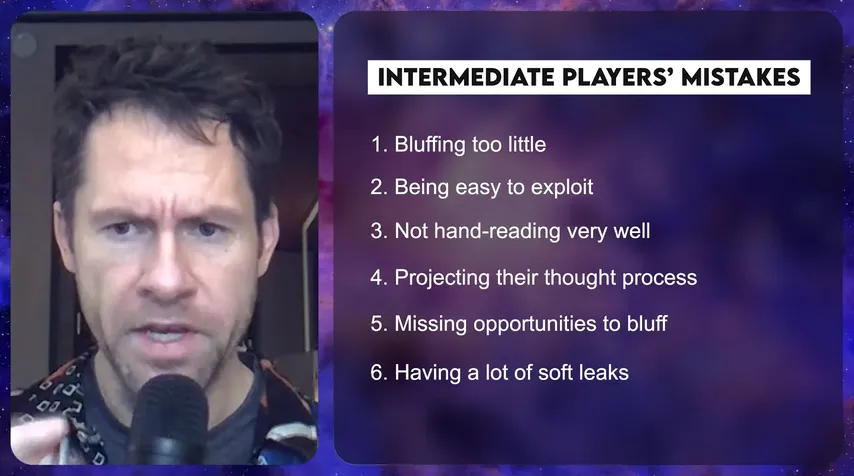
You may see winners tilt, especially as they become more aggressive with increased confidence. This phenomenon occurs at higher levels too, where psychological tilt becomes a factor—especially under pressure. This issue can be particularly prevalent among struggling pros who may lack final table experience.
You might see them fall into various categories, especially over-bluffing or wanting to look cool on TV—which is understandable! I don’t know anyone who wouldn’t want to look good on camera. Additionally, there’s often a fear of looking foolish on TV or in front of backers, which can influence decision-making.
Another common issue is players being afraid to pull the trigger in bigger pots; this can also be considered a form of soft tilt. You want to be aware of all the different ways people might have subtle leaks in their game.
A leak that’s common between intermediate struggling pros and decent pros—especially decent pros—is sticking too rigidly to GTO (Game Theory Optimal) strategies or what they believe GTO looks like without adapting their play based on specific opponents. Many players do tons of drills and learn basic lines for various situations (like bet-check-bet or bet-bet-bet), but they often struggle against different types of players—especially recreational ones.
Understanding how to exploit opponents rather than strictly adhering to GTO principles can significantly improve your game and help you capitalize on mistakes made by less experienced players.
They leave loads and loads of value on the table, and often they don't really play GTO because they fail to consider various extremes and don’t explore different forms of over-betting or the related exploits. If you're trying to identify where there's missing value in your game, this is definitely an area to focus on.
Additionally, they often don’t explore alternative possibilities. The reality is that GTO lines frequently have only a thin edge compared to alternative lines that can be much more exploitable. For example, using a different bet size in a specific spot can filter out a significant portion of an opponent's range, prompting them to raise when they shouldn't or becoming wildly exploitable on the river if they fail to raise.
One possible line that may be overlooked is the check-raise on the turn when players like to bet for protection against a missed continuation bet. This can actually be a strong play because most players don't check-raise enough on the turn when out of position. If you were strictly following GTO, you might just bet all the time and miss the opportunity to trap opponents by check-raising in these spots where players tend to bet for protection.
A common leak among many players is that once they learn about the various bluffs they can use to exploit others, they swing too far in the opposite direction and become overly aggressive, bluffing excessively in spots where it’s not warranted. While there are plenty of opportunities to bluff, doing so too frequently can lead to significant losses.
Another issue is not getting enough sleep. This can be a major problem, especially if you’re partying a lot; it can really mess up your win rate in subtle ways. If you read Matthew Walker's book, Why We Sleep, you'll understand just how crucial sleep is for cognitive function and decision-making. Personally, I need to remind myself of this because I sometimes struggle with sleep issues, and it really affects my performance.
There’s a high chance that if you don’t get enough sleep, your play will suffer in ways you might not even realize. You could be operating at only 70% or 80% capacity, which can lead to losing more money than you should. This concept is a significant theme in Walker's book, and I highly recommend checking it out if you want to learn more about the importance of sleep.
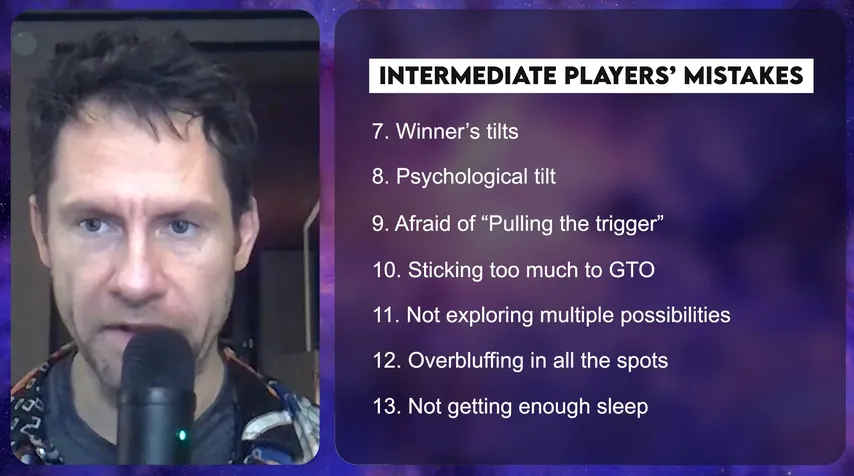
Mistakes Good Pros Make
Now, let’s move on to what differentiates good pros from top pros. One of the biggest factors is simply missing many possibilities—especially those subtle bluff spots where it’s tough to identify specific bluffs. If you dig into resources like GTO Wizard or similar tools, you'll find that understanding these nuances can significantly enhance your game.
Speaking of which, GTO Wizard is one of our sponsors; I'll provide a link below so you can check them out. I use GTO Wizard all the time! If you look deeply into GTO Wizard and think critically about the game while identifying those subtle bluffs, you'll have an edge in various situations.
This understanding becomes especially important when facing tough opponents; knowing those weird combinations with blocker draws or avoiding bluffs with incorrect blockers will give you an advantage. You need to get precise with your bluff combinations in specific spots unless your opponents have some exploitative tendencies that you can take advantage of.
It's also crucial for players at this level to adjust well as they progress through their games. Recognizing when adjustments are necessary based on how opponents are playing is key for success at higher stakes.
If they don't adjust well to their competition, they're going to leave too much EV on the table. If they don’t adapt to the subtle leaks they find in other players’ games, they simply won’t win much money. You cannot rely on basic GTO to carry you through as a good pro in high-stakes games. Basic GTO principles, first of all, are not truly GTO because they don’t account for all the extreme possibilities, such as over-betting and various obscure lines at the right percentages—things that most basic GTO players overlook.
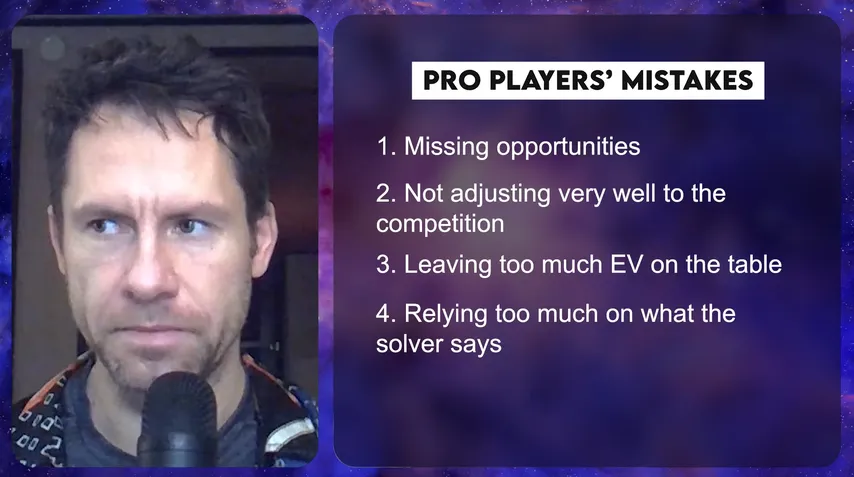
A lot of the EV lies in recognizing where those extremes are. At this stage, players need a true understanding of poker so that if the format of the game changes or if a straddle is added, they can adapt quickly to maximize EV in those situations. Relying purely on what the solver says isn’t enough because if everyone just studies GTO Wizard all day, then whoever becomes the best student will win all the money. That’s not how poker should work; it would turn the game into a robotic exercise rather than a strategic mind sport.
You really need to understand why you bet in various spots, why you have the right blockers, and why you have a certain number of bluffs or what your range advantage is. Players at this level should be implementing over-bets effectively. This is where understanding the extremes in various bet sizes—especially large over-bets and big check-raises—becomes crucial. You need to use these strategies relatively balanced and know how they work.
The last thing is that top pros virtually never tilt. Tilting might seem like a trivial issue when playing for money, but it can be detrimental to your game. I can understand it in recreational settings where players don’t care as much about controlling their emotions, but when money is on the line and players are serious about their performance, tilting becomes a significant liability.
You need to maintain a rational mindset and be very aware of what’s happening at the table, ensuring that you're playing optimally for each situation without letting personal biases cloud your judgment.
Mistakes Top Pros Make
So, what differentiates top pros from the very best? That’s a great question! First, we need to preface this by acknowledging that top pros generally possess a high level of talent—it’s not going to vary significantly at this level. They have rational minds and discipline; they don't tilt easily and understand their opponents well.
A major factor here is work ethic. The players who truly devote their thought processes and discipline toward becoming exceptional will analyze every little situation—figuring out how to improve their game by determining whether betting 50% is better than betting 85%, or identifying ways to exploit their opponents effectively.
They’ll look for leaks in their own play—whether they miss opportunities on the turn when out of position or fail to bet enough on the river when using specific betting patterns like bet-check-bet. They’ll also recognize when they’re folding too much versus an opponent's bet-check-bet strategy in both positions.
Finding those little leaks and being persistent in improving is one of the biggest differences between good pros and the very best players. If we’re being honest, the very best players may not always be who you expect them to be; however, they will undoubtedly be diligent in analyzing all possible situations regarding GTO principles and how to exploit their opponents effectively.
Additionally, these top players are adept at managing perceptions—both their own and those of others at the table. They are highly aware of their image and can manipulate it strategically. This is where they can bend the rules in ways that exploit conventional thinking without necessarily adhering to traditional exploitative strategies.
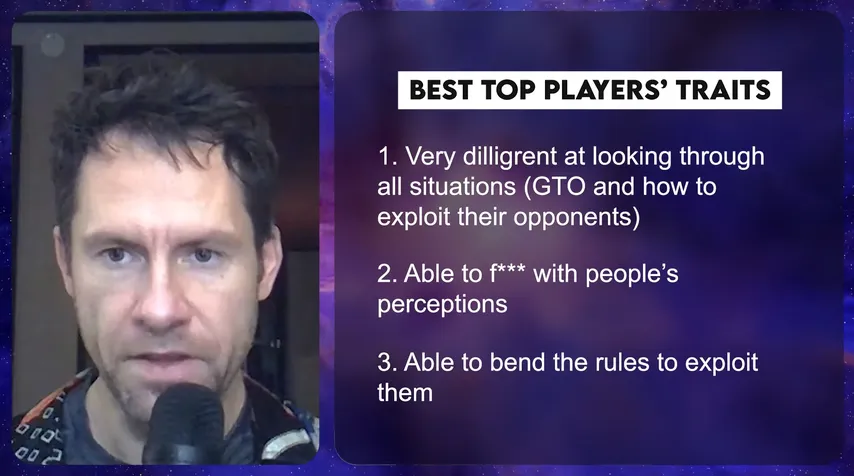
Wrap-Up Thoughts
In conclusion, understanding these nuances and continuously adapting your strategy based on both your own play and that of your opponents is essential for anyone looking to elevate their poker game from good to great!
Flexibility of mind and dedication to rational decision-making are crucial themes here. Another important aspect is how committed you are to doing what’s rational. Rationality is highly valued in poker, so I would strongly suggest prioritizing that—avoiding tilt and making the best play possible.
Thank you, guys!



